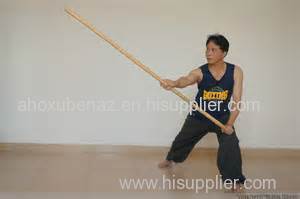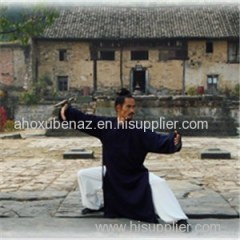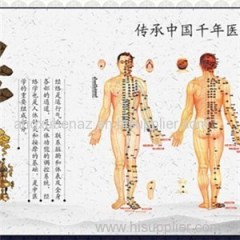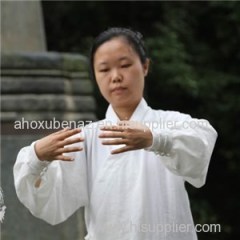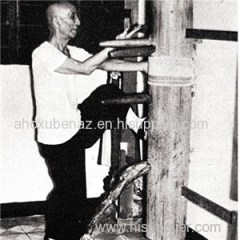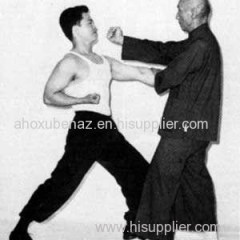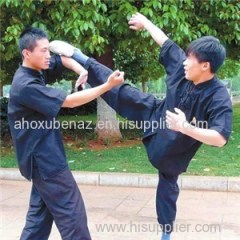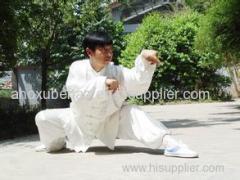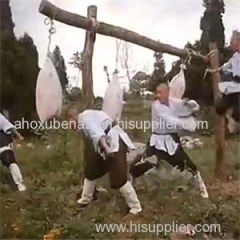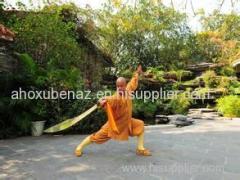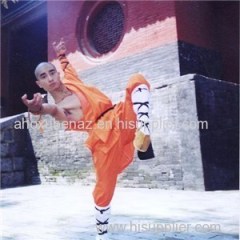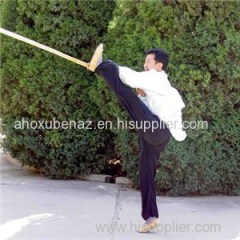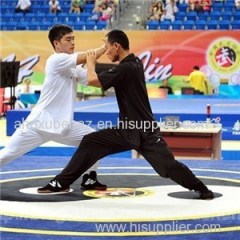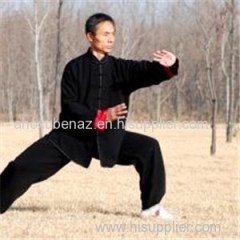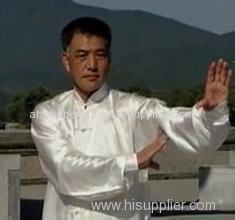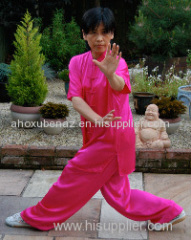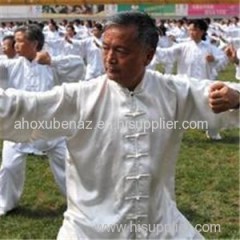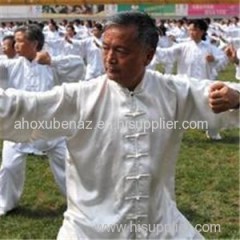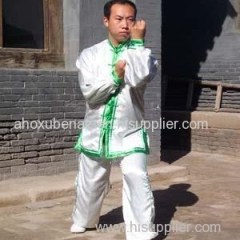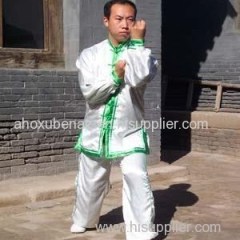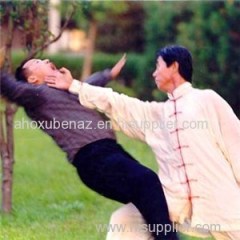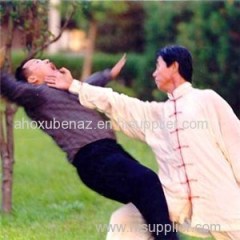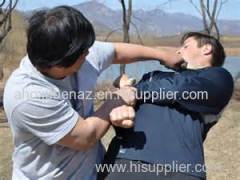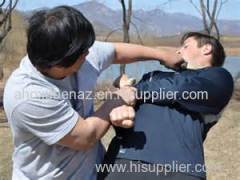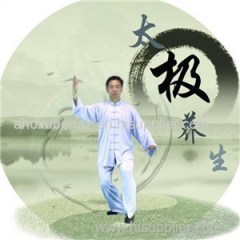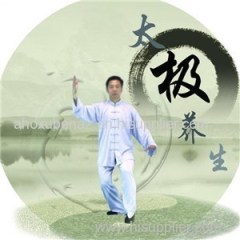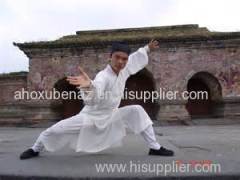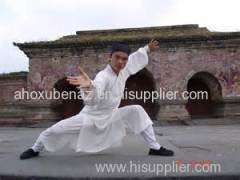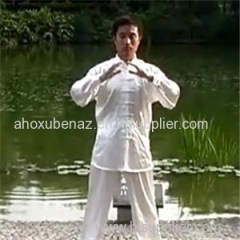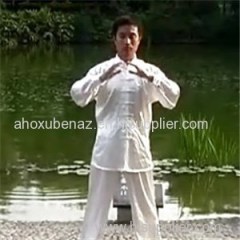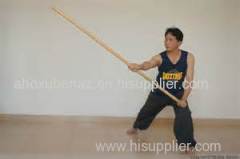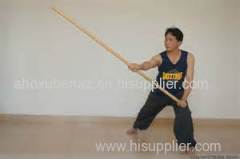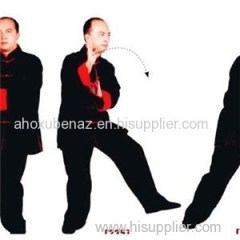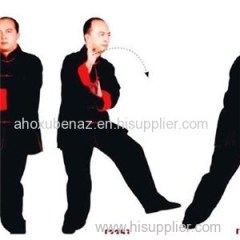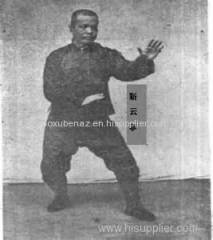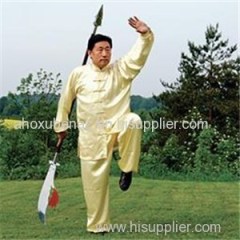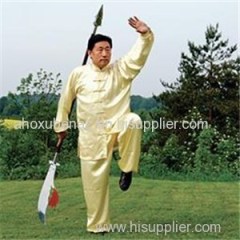|
Kunlun International Martial Arts Academy
|
Wingchun Weapon Training Product Product Product
| Place of Origin: | , China (Mainland) |
|
|
|
| Add to My Favorites | |
| HiSupplier Escrow |
Product Detail
Wingchun Weapon Training,Wingchun
WeaponsOnce correct force generation in the open-handed forms is achieved, the student is ready to progress to weapons. With the open hand forms delivering force to the end of the finger tips, the idea is to be able to extend that force further to the end of a weapon as an extension of the body, using the same principles. Also, these weapons forms can be used as an exercise to strengthen the forearms and wrists even further.八斬刀 Known as Yee Jee Seung Do (二字雙刀/二字双刀, pinyin: èr zì shuāng dāo, "Parallel Shape Double Knives") and Baat Jaam Do (八斬刀/八斩刀, pinyin: bā zhǎn dāo, "Eight Chopping/Slashing Knives").A form involving a pair of large "Butterfly Knives", slightly smaller than short swords (Dao). Historically the knives were also referred to as Dit Ming Do ("Life-Taking Knives").
Modern Hybrid Blade Style Wing Chun Butterfly Swords六點半棍 Luk Dim Boon Gwun (六點半棍/六点半棍, pinyin: liù diǎn bàn gùn, "Six and A Half Point Pole")"Long Pole"— a tapered wooden pole ranging anywhere from 8 to 13 feet in length. Also referred to as "Dragon Pole" by some branches. For some branches that use "Six and A Half Point Pole", their 7 principles of Luk Dim Boon Gwun(Tai-uprooting, lan-to expand, dim-shock, kit-deflect, got-cut down, wan-circle, lau-flowing) are used throughout the unarmed combat as well. The name six and a half point pole comes from these 7 principles, with the last principle:Lau, or Flowing counting as half a point. Leung Ting demonstrating the Long PoleThe Yuen Kay Shan / Sum Nung branch also historically trained throwing darts (Biu). According to Sum Nung, his skill with them was not comparable enough to Yuen Kay Shan's for him to include them in the current curriculum.

